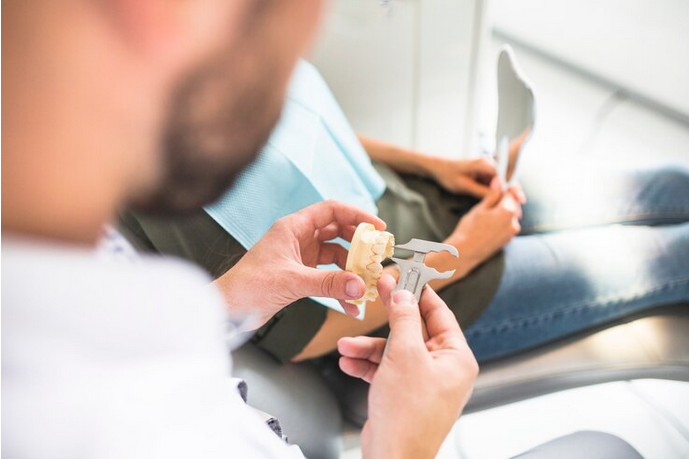The health and stability of our teeth are crucial aspects of overall well-being, impacting our ability to chew, speak, and even the aesthetics of our smile. When faced with tooth loss or dental issues, one of the innovative and effective solutions that modern dentistry offers is bone grafting. This procedure plays a pivotal role in building a robust foundation for dental implants, ensuring a durable and lasting solution for tooth replacement.
Understanding Bone Grafting
Bone grafting is a surgical procedure that involves the transplantation or addition of bone tissue to a specific area, in this case, the jawbone. The primary objective is to augment the bone's strength and density, providing a stable base for dental implants. The procedure is commonly employed when the jawbone has experienced atrophy or deterioration due to tooth loss, periodontal disease, or other factors.
Types of Bone Grafts
Several types of bone grafts are used in dental procedures, each tailored to address specific patient needs. Autografts involve using the patient's bone, typically harvested from the hip or jaw, minimizing the risk of rejection. Allografts use donor bone, which is carefully processed and sterilized before transplantation. Xenografts, derived from animal sources, and alloplasts, comprising synthetic materials, are also common options. The choice of graft depends on factors such as the patient's health, the extent of bone loss, and the specific requirements of the dental procedure.
The Bone Grafting Process
The bone grafting process typically involves several key steps. First, the dentist assesses the patient's oral health and determines the extent of bone loss. Following this, the chosen graft material is prepared and placed in the targeted area. The patient is then given time to heal, allowing the graft to integrate with the existing bone. This healing period is crucial, as it sets the stage for the success of subsequent dental implantation.
Benefits of Bone Grafting
Bone grafting offers a myriad of benefits, making it a valuable tool in restorative dentistry. One of the primary advantages is the restoration of jawbone strength and volume, providing a solid foundation for dental implants. This ensures the longevity and stability of the implants, significantly enhancing their success rate. Moreover, bone grafting can improve the aesthetics of the smile by preventing the sunken look that often accompanies significant bone loss in the jaw.
Enhancing Dental Implant Success
Dental implants serve as artificial tooth roots, anchoring prosthetic teeth securely in place. For these implants to be successful, a sturdy and dense jawbone is crucial. Bone grafting facilitates the integration of implants with the existing bone, reducing the risk of implant failure. This integration, known as osseointegration, enhances the overall functionality and durability of the dental restoration.
Patient Considerations and Recovery
While bone grafting is generally considered a safe and effective procedure, it is essential for patients to consider factors that may influence the success of the graft. Maintaining good oral hygiene and following post-operative care instructions are critical aspects of the recovery process. Patients may experience some swelling, discomfort, or minor bleeding initially, but these symptoms are typically temporary and can be managed with prescribed medications.
Conclusion: A Solid Foundation for a Radiant Smile
In conclusion, bone grafting for teeth plays a pivotal role in laying the groundwork for a strong and enduring dental foundation. By addressing bone loss in the jaw, this procedure sets the stage for successful dental implantation, ensuring not only the functional aspects of chewing and speaking but also the aesthetic appeal of a radiant smile. Understanding the basics of bone grafting empowers individuals to make informed decisions about their oral health and embark on a journey towards a confident and healthy smile. As advancements in dentistry continue, bone grafting remains a cornerstone in the quest for comprehensive and long-lasting dental solutions. Embracing this innovative procedure opens doors to a future where tooth loss is not merely a setback but an opportunity for a stronger, more resilient oral foundation.





Comments